The console/PC release of Air Twister marks legendary game creator Yu Suzuki’s return to his arcade roots, his first release since Shenmue 3. For those unaware, Yu Suzuki needs no introduction in the gaming world. However, as time has passed, some have unjustly forgotten his influence on the game industry. So, let’s embark on a brief history lesson.
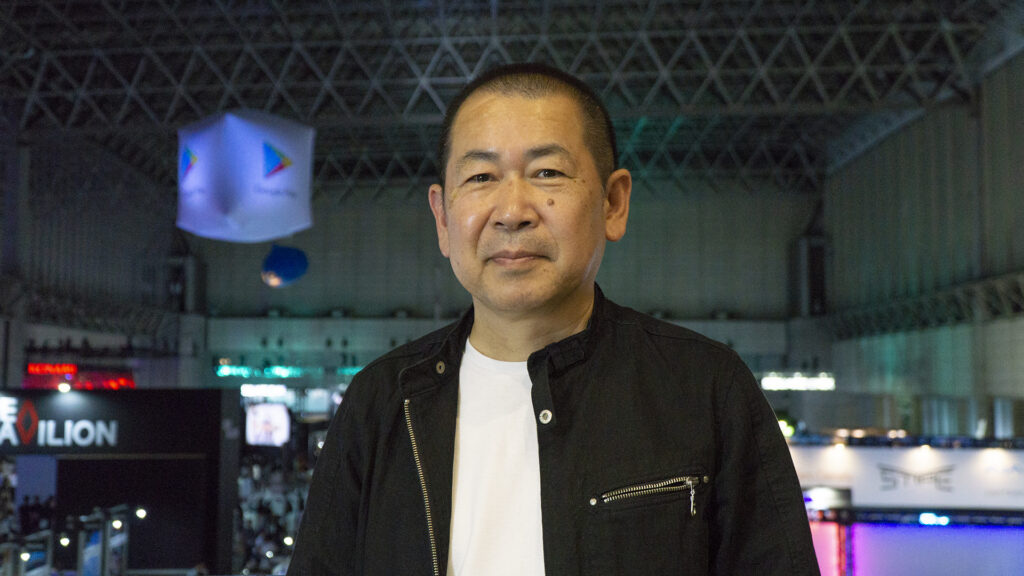
Pictured Yu Suzuki
During the arcade heyday of the 1980s, SEGA aimed to stand out among other arcade giants like Namco and Atari, with moderate success at that point. In 1983, Yu Suzuki joined SEGA and shortly thereafter released Champion Boxing in arcades and for the SG-1000, marking his first work for the company. Not content with standard arcade titles, he sought a more immersive experience that would engross players. Just two years later, in 1985, Hang On was released, featuring a cabinet that allowed players to lean to turn the bike on the screen. Only a year later, Out-Run hit the arcades, boasting a fully immersive moving cabinet, followed by another title, Afterburner.
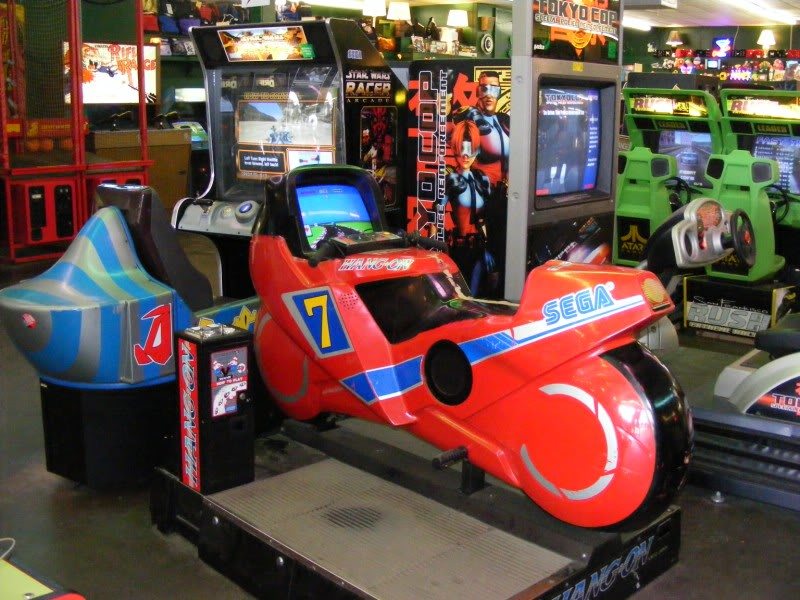
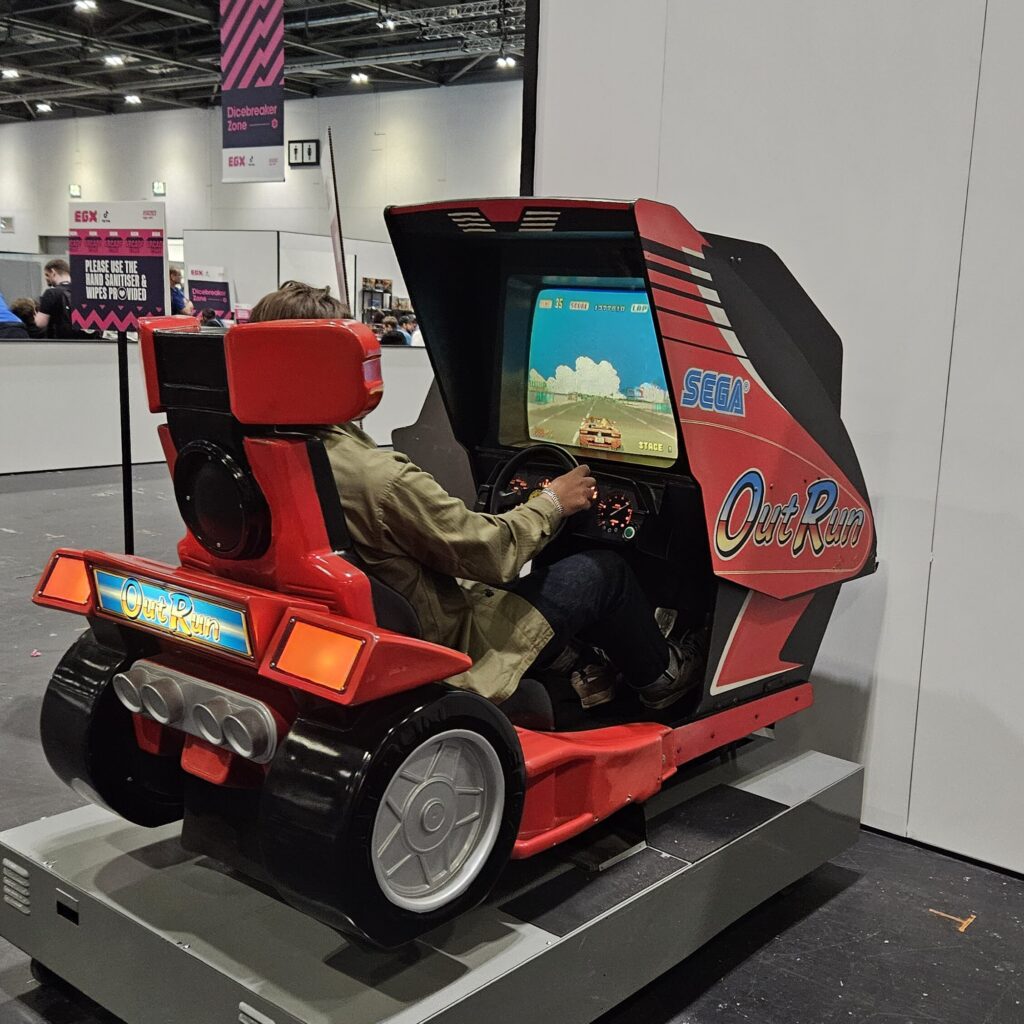
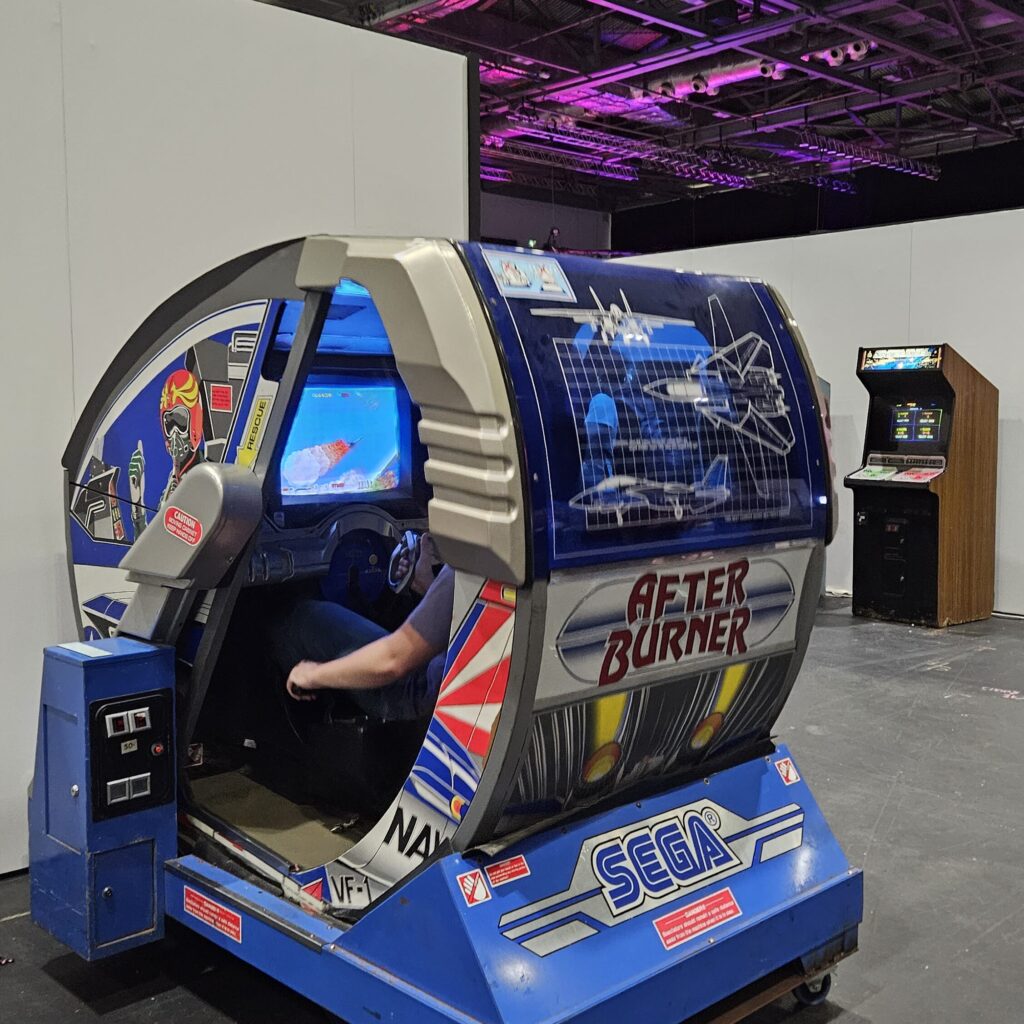
Pictured Left to Right: Hang-On, Out-Run and Afterburner
But Yu Suzuki’s ambition didn’t stop there. He always wanted to create 3D games, although the technology of the 1980s was limiting. However, after years of research and development, Virtua Racing was released in 1992. While not the first 3D racing title, it arguably popularized the genre, showcasing cutting-edge graphics and impeccable handling.
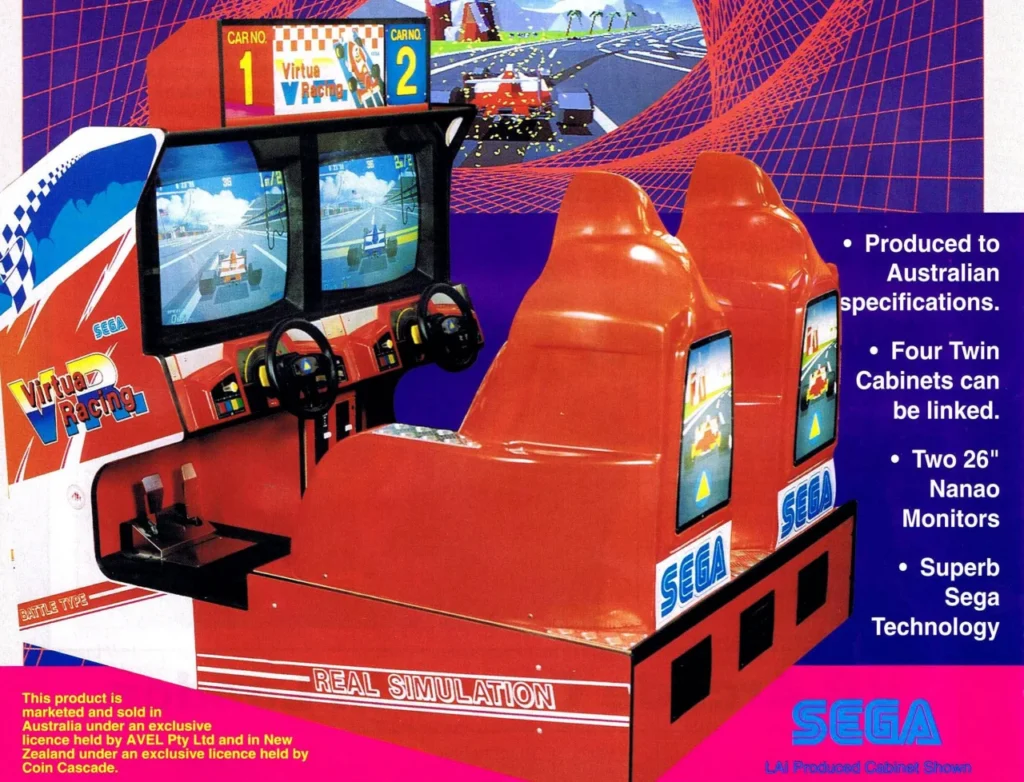
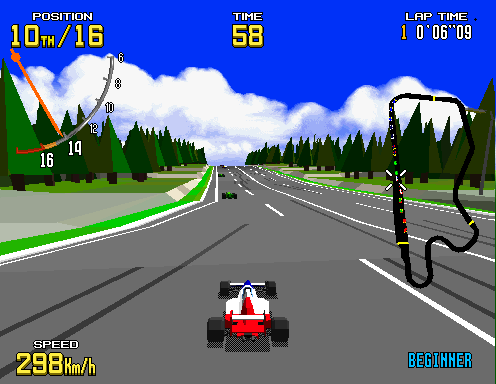
Pictured: Virtua Racing Cab and Screenshot
Shortly after, in 1993, arcades witnessed the release of Virtua Fighter, the first fully 3D fighting game from Yu Suzuki’s SEGA AM2 team. This title also played a pivotal role in popularizing the genre and laying the foundation for games like Tekken and Dead or Alive.
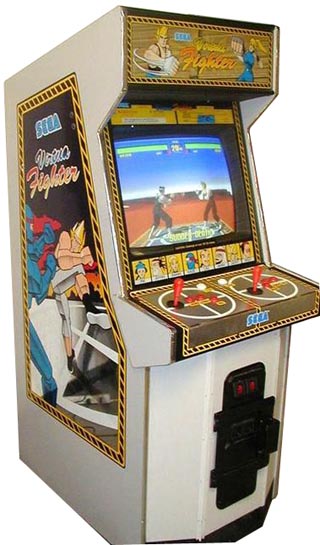
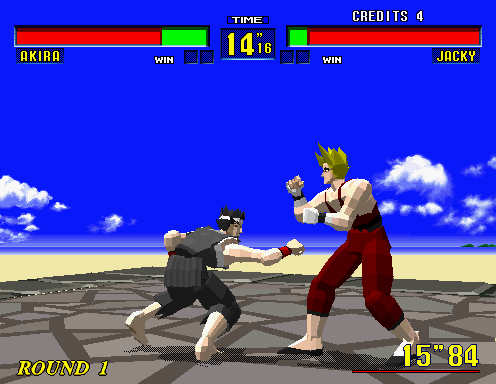
Pictured: Virtua Fighter 1 Arcade Cab and in-game Screenshot
Finally, in 1999, after many years of development, the world witnessed the release of Shenmue on the Dreamcast by Yu Suzuki, arguably the first proper AAA title. Shenmue featured fully voiced NPCs, schedules, day-night cycles, fully motion-captured fighting, and a captivating story. Shenmue and Yu Suzuki showcased what was possible in gaming, setting a standard that is now commonplace.
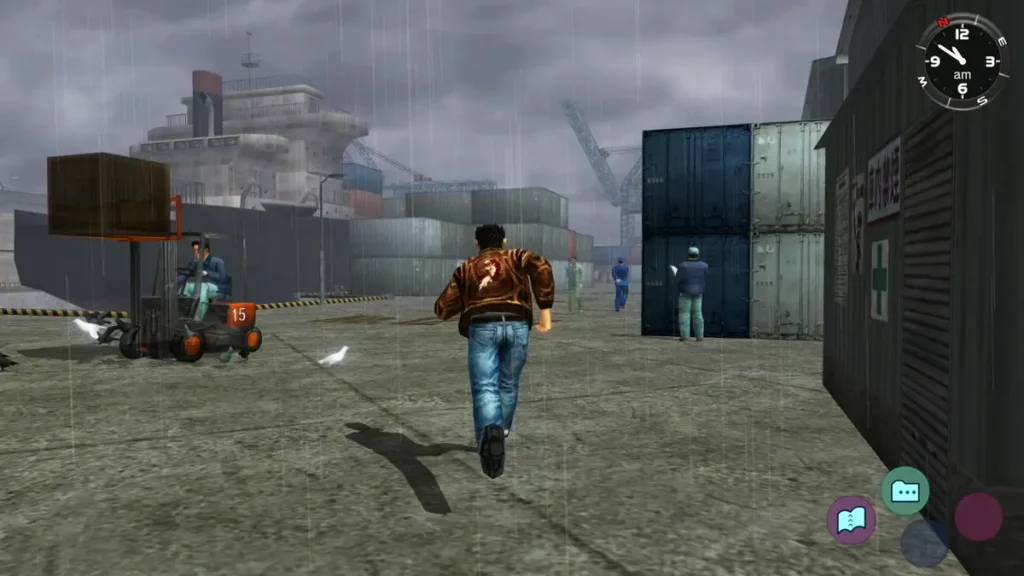
Shenmue 1 Re-release PS4
With the return to an arcade-style title in Air Twister, Yu Suzuki is in his element, drawing from his rich history. So, is Air Twister a return to arcade-style glory or a fleeting experience, like the 50p coins used to disappear quickly in the Out-Run arcade game? Let’s find out!





